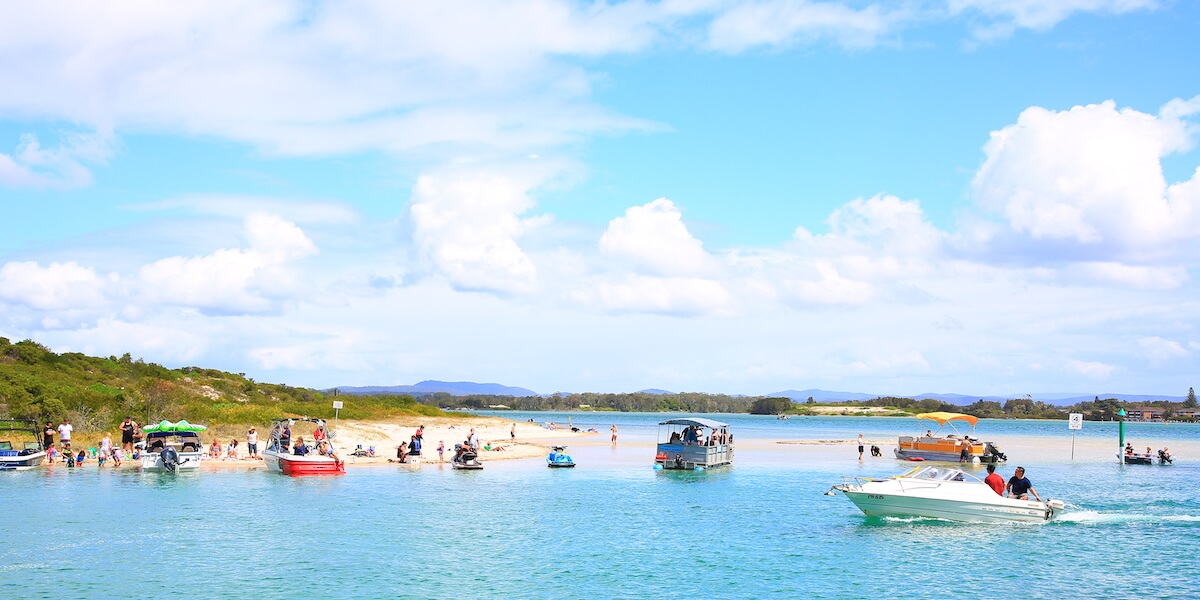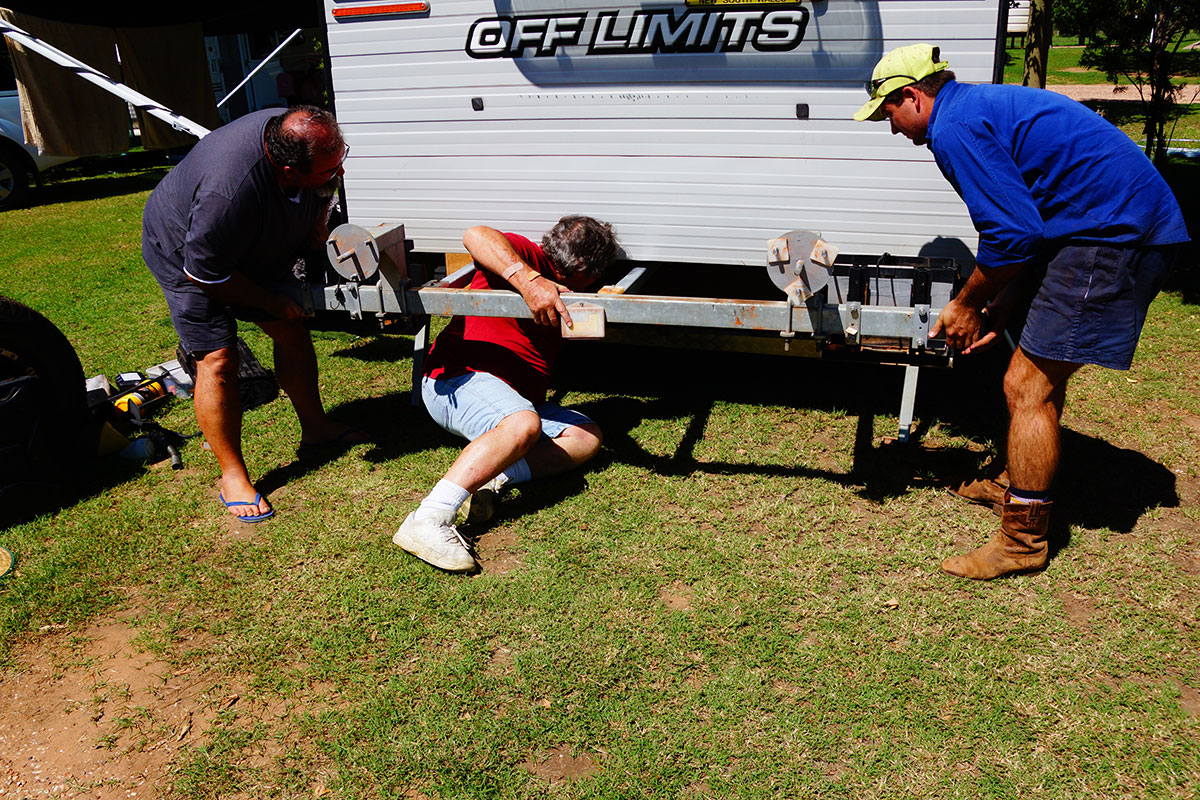Buying a new pair of shoes for your 4×4 should be a simple process. Make sure the holes line up, and bolt them on. Unfortunately, unless you’re driving a monster truck you’ll have all sorts of issues around where the wheel itself actually sits. Too far inside the body and they can foul on control arms, struts, and steering components. Too far outside the body and they can foul on the body itself as you turn. That positioning is called offset, and it’s the measurement of the centreline of the wheel, and where the wheel bolts to the hub. If you’ve got a 200mm wide wheel, and the mounting face is smack bang in the middle it’ll be 0-offset. Push that mounting face 10mm towards the outside of the wheel, bringing the wheel further in, and it’s +10 offset. Do the opposite, pushing the wheel 10mm further outside the body and it’s -10 offset.
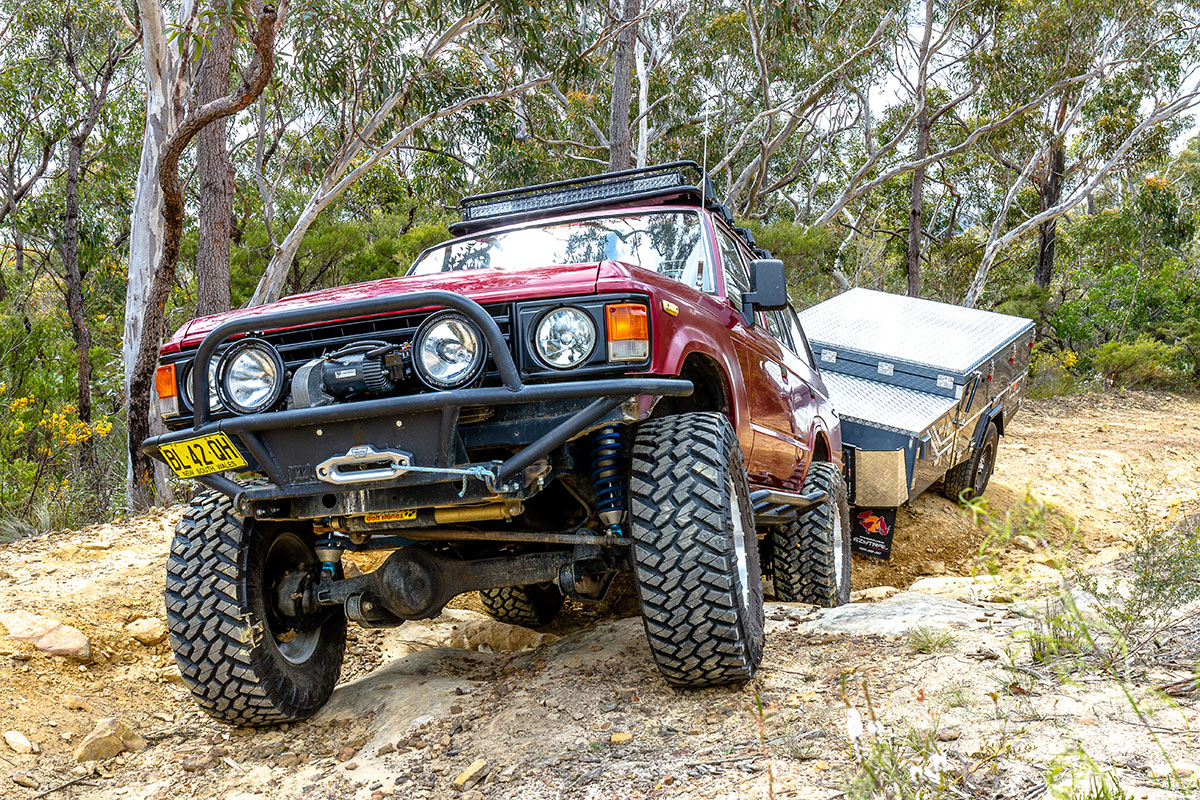
While older solid-axle 4x4s typically required huge negative offset wheels to fill the guards, many modern independent 4x4s require as much room as possible to fit their control arms so the manufacturers have designed them around large positive offset wheels. An old LandCruiser or Patrol will work well with something right up to -20 offset, where modern 4x4s that same offset can be way outside the body compared to their typical +55(ish) offset.
BACKSPACE VS OFFSET
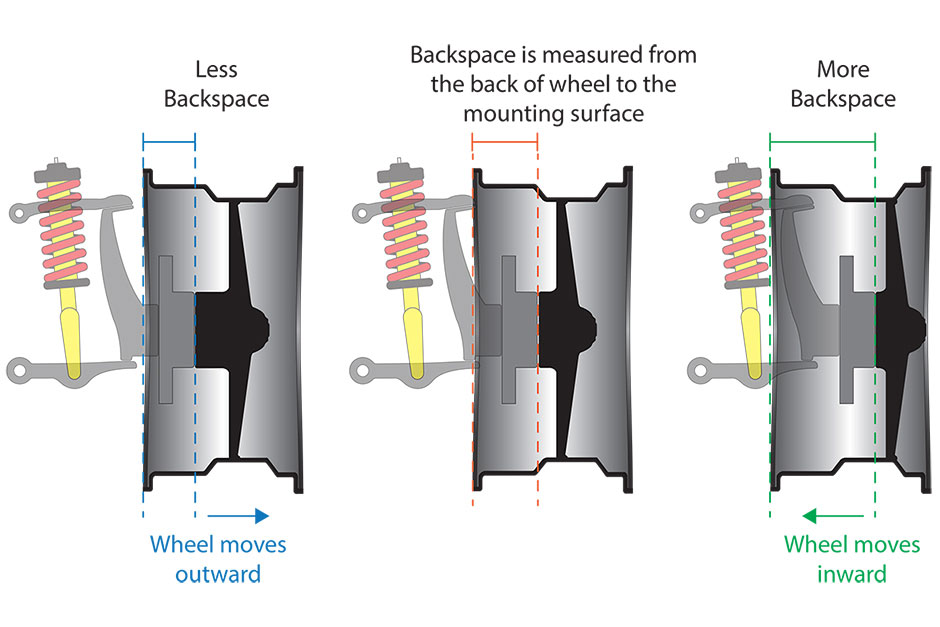
While backspace and offset aren’t interchangeable, they both talk about how the wheel sits in relation to its mounting point. Where offset talks about how far the wheel is pushed one way or the other from the mounting point, backspace is the measurement from the mounting face of the wheel, to the very outer edge of the wheel in towards the centre of the car. Backspacing is rarely mentioned but is just as relevant as offset. Picture this, one wheel is 8in wide and 0-offset, it fits perfect, the other is 10in wide and 0-offset. While the 8in wheel could clear components like your tie-rod ends, the 10in wheel could foul. The two go hand in hand and both need to be considered.
TOO MUCH OF A GOOD THING
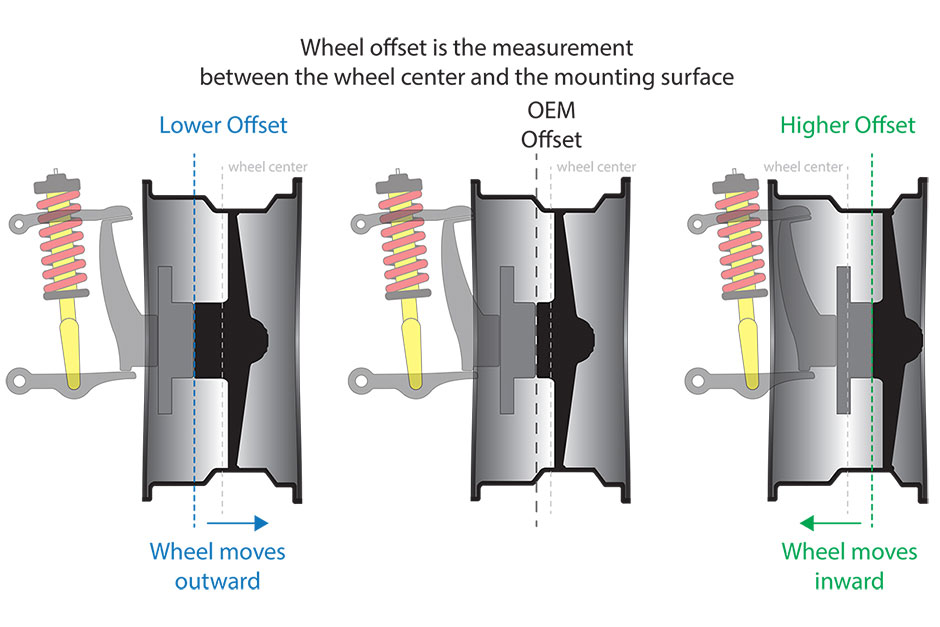
The wider your wheel track the better, right? After all, a more stable vehicle is safer in every condition. Well yes and no, sure, the stability will be great but it does come with some unwanted side effects. Think of your wheels as a sea-saw, with wheel bearings and balljoints at one end. The wider you push your offset the more leverage you’re applying on those components, and the quicker they’ll wear out. Without running North Pole-esque flares too you’ll quickly find the side of your car peppered with mud and stones once the tyres start poking out the sides, which isn’t going to impress the long arm of the law either.



